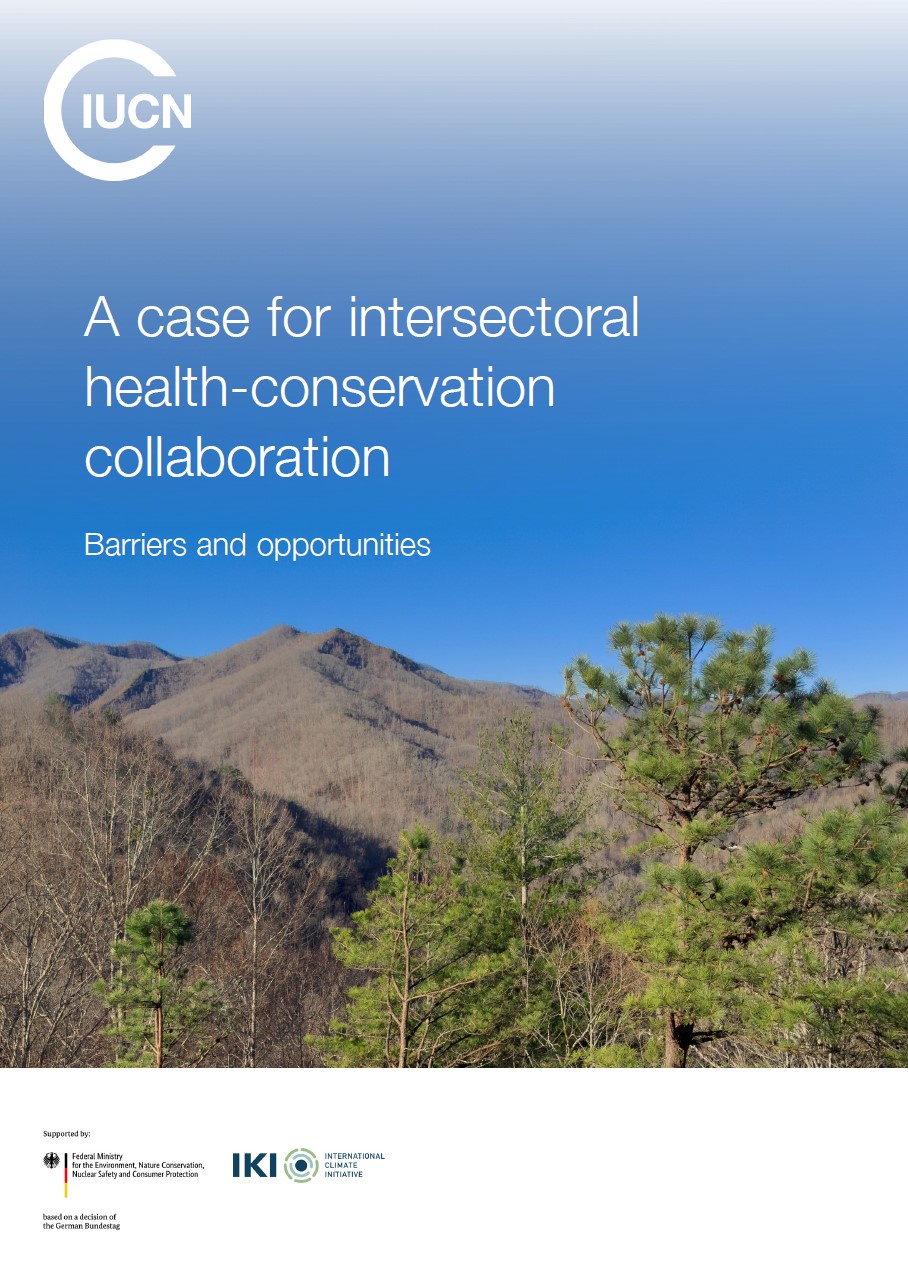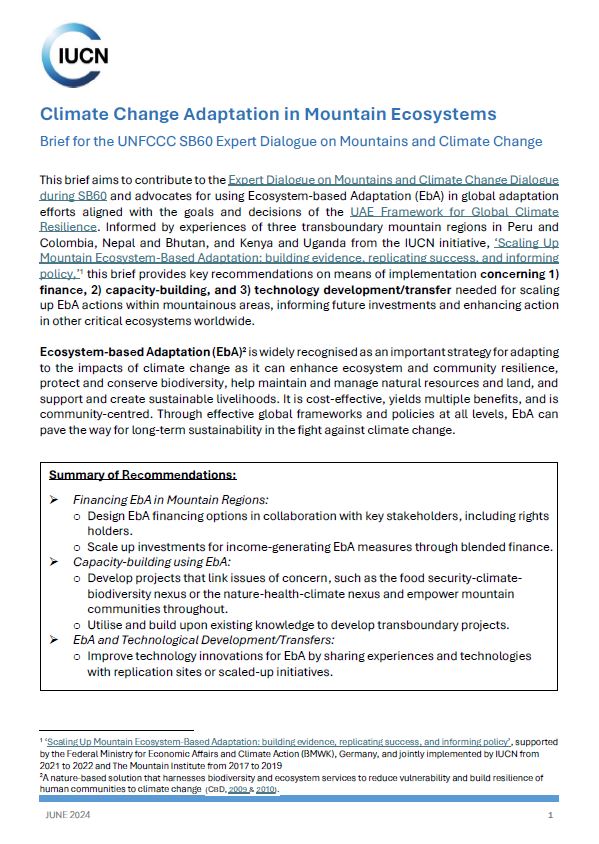Connecting the Dots
Achieving synergistic action for global biodiversity and climate goals utilising the Kunming-Montreal Global Biodiversity Framework
Calls to integrate climate and biodiversity action have been mounting in the UNFCCC, culminating in key decisions at COP 27 (Decision 1/CP.27 para 1 and Decision 1/CMA. 4 para. 1) that underlined “the urgent need to address, in a comprehensive and synergistic manner, the interlinked global crises of climate change and biodiversity loss in the broader context of achieving the Sustainable Development Goals...”. These decisions followed several relevant and important conclusions by IPCC AR 6 WGIII, notably that protection and restoration of natural ecosystems offers high mitigation potential with ‘protection offering the highest mitigation value of any action in the AFOLU (Agriculture, Forestry and Other Land Use) sector and that ‘high synergies with biodiversity exist in carbon dense ecosystems such as primary forests.’ (1)
The joint IPBES/IPCC workshop in 2021 (2), which revealed where synergies between biodiversity protection and climate mitigation lie, has yet to be built on, pointing to the need for either a joint IPBES/IPCC or joint CBD/UNFCCC SBSTA work programme (3). However, the Kunming- Montreal Global Biodiversity Framework (K-M GBF) also provides a new opportunity to integrate climate and biodiversity action, support the rights and livelihoods of Indigenous peoples, and underpin climate resilient sustainable development. Importantly, the UNFCCC can also embrace the GBF adopted by the CoP of the CBD in line with the mandates of the UNFCCC and the Paris Agreement.
This is feasible because an important area of overlap between the CBD, UNFCCC, and SDGs is their dependence on retaining and recovering the ecological integrity of ecosystems, or ecosystem integrity, which is in turn dependent on retaining and recovering biodiversity.




